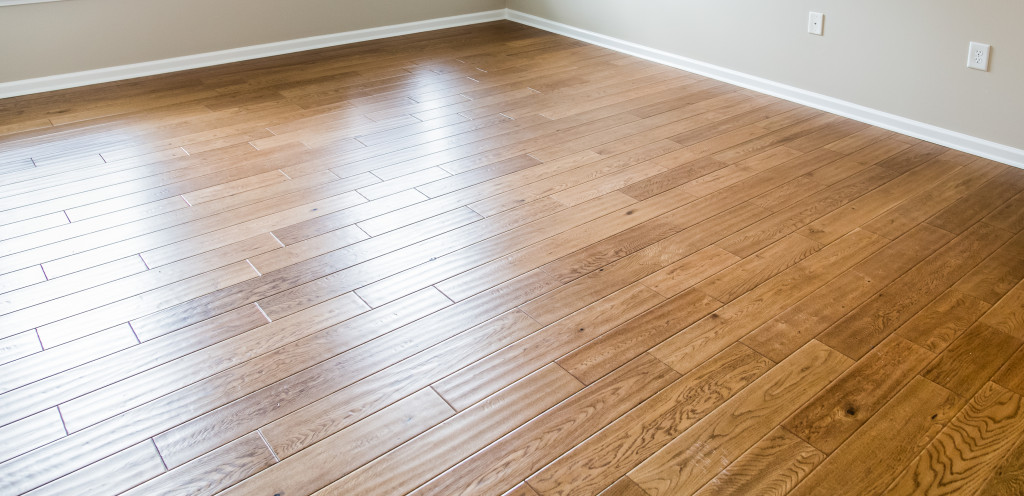In the industrial sector, painting is not just about aesthetics – it’s a critical part of maintaining equipment and structures. Quality is paramount in industrial painting to ensure durability and safety. This article will explore X essential steps to guarantee quality in industrial painting services.
What are the Key Steps in Preparing Surfaces for Industrial Painting?
Importance of Surface Preparation
Proper surface preparation is the cornerstone of quality industrial painting. It ensures the paint adheres well and extends its longevity.
The integrity of the paint layer depends heavily on thorough cleaning and degreasing. Removing old paint and rust is vital to prevent future peeling and corrosion.
It is estimated that up to 80% of coating failures can be attributed to inadequate surface preparation. Therefore, prioritizing this step is crucial for any industrial painting project.
Techniques and Materials for Effective Surface Preparation
Sandblasting, power-tool cleaning, and chemical cleaning are popular techniques used for surface preparation. Each technique has its specific advantages and applications depending on the surface material and condition.
Sandblasting is effective for removing rust and old coatings, providing a clean surface for the new paint to adhere. Power-tool cleaning is ideal for smaller areas and intricate surfaces where precision is required.
Chemical cleaning helps break down stubborn layers of dirt and grease. Choosing the right materials ensures efficiency and enhances the adhesion properties of the paint application.
How to Choose the Right Industrial Paint for the Job?
Evaluating Different Types of Industrial Paints
Industrial paints such as epoxies, polyurethanes, and acrylics have specific characteristics that suit different applications. Epoxy coatings provide excellent resistance to chemicals and are ideal for surfaces exposed to harsh environments.
Polyurethanes offer exceptional durability and gloss retention, making them suitable for surfaces subject to heavy wear and tear. Acrylics dry quickly and are known for their color retention, often used on outdoor surfaces.
The environmental conditions and intended usage of the surface are key factors in paint selection. Understanding the unique properties of each type can lead to a more informed decision and better performance.
Factors to Consider When Selecting Industrial Paint
Choosing the right paint involves considering the surface material, expected exposure, and desired finish. Temperature extremes, humidity, and chemical exposure are environmental factors that should guide the selection process.
Some paints are better suited for metal, while others adhere best to concrete or wood. The desired finish, whether it be glossy, matte, or textured, also plays into the decision-making.
An improperly selected paint can lead to premature failure and increased maintenance costs. Considering these factors ensures a durable and aesthetically pleasing result.
How to Implement a Quality Assurance Program in Industrial Painting?
Defining Standards and Procedures
A comprehensive quality assurance program begins with defining clear standards and procedures. Adhering to industry standards ensures consistency and reliability in painting outcomes.
Documented procedures provide a framework for achieving quality at every stage of the painting process. This approach minimizes errors and enhances efficiency.
Establishing protocols for surface preparation, paint selection, and application techniques reduces variability and sets a benchmark for quality. This structured approach is essential for achieving superior results.
Monitoring and Inspection Practices
Continuous monitoring and regular inspections are crucial components of a quality assurance program. These practices enable the identification of issues before they escalate, ensuring compliance with standards.
Inspection should be conducted at every phase of the painting process, from surface preparation to final application. Consistent quality checks maintain the integrity of the paint job.
A robust monitoring system includes the use of checklists and tools such as thickness gauges and adhesion testers. These ensure that each layer of paint meets the specified criteria for optimum performance.
The Long-Term Value of Quality Industrial Painting
Ensuring quality in industrial painting services involves meticulous preparation, careful selection of materials, and a robust quality assurance program. By following the outlined steps, industries can achieve durable and effective painting solutions.
A successful industrial paint job not only enhances the appearance of surfaces but also protects critical infrastructure from corrosion, weathering, and chemical exposure. Long-term performance depends heavily on surface preparation—such as sandblasting, degreasing, or power washing—which ensures maximum adhesion and longevity of the coating. Using high-performance paints and coatings specifically formulated for industrial use is equally vital. These materials should match the environmental conditions and the functional needs of each project.
Moreover, implementing a structured quality control process throughout each phase of the project guarantees consistency and compliance with industry standards. Regular inspections, testing for coating thickness, adhesion, and curing times are essential to verify workmanship. Engaging qualified professionals with experience in industrial settings ensures that safety protocols are followed and performance expectations are met.
Investing in quality painting services minimises maintenance costs, reduces downtime, and extends the life of industrial assets. By prioritising best practices from planning to final inspection, businesses can secure reliable, long-lasting results that stand up to even the most demanding operational environments.



